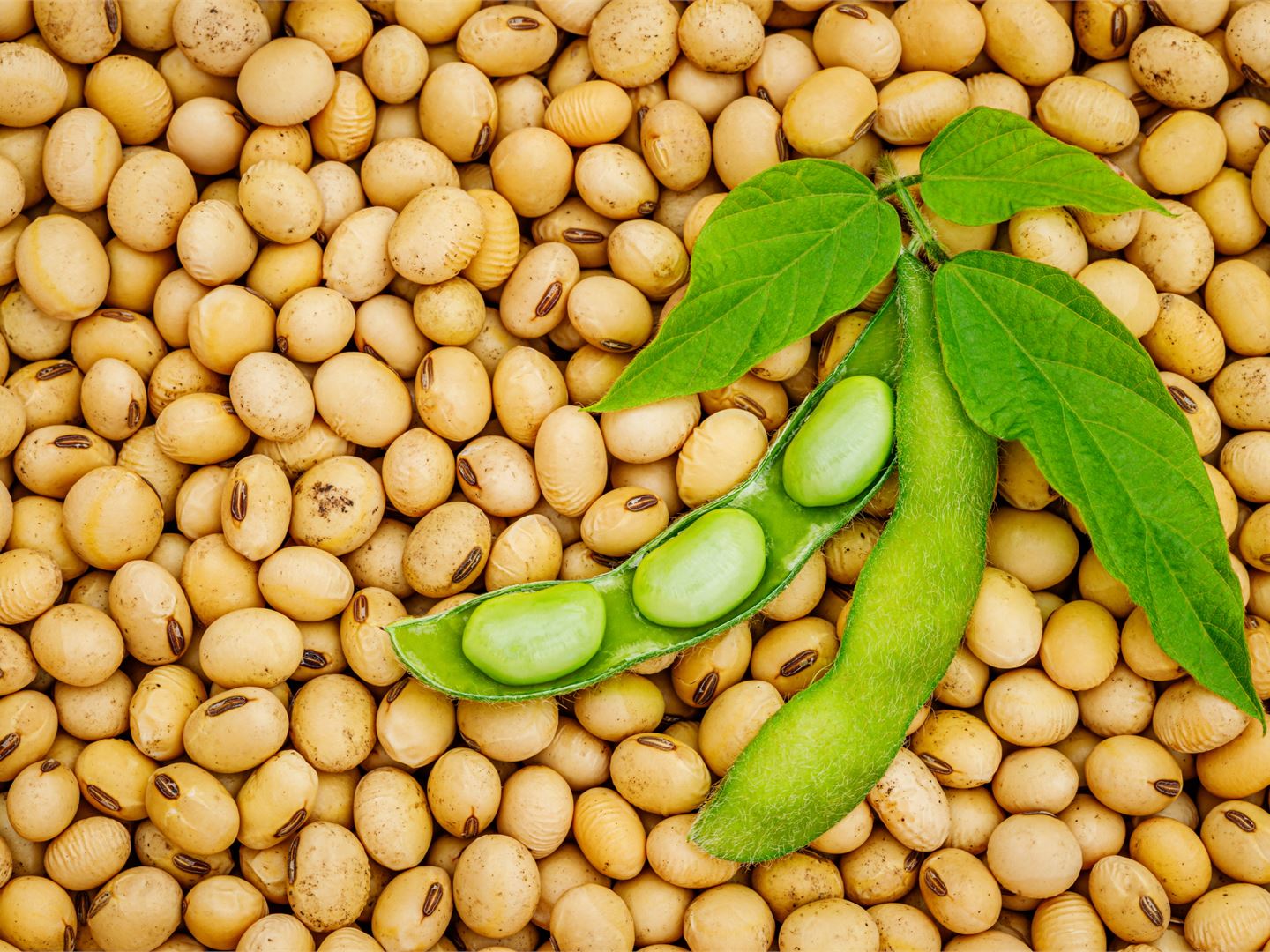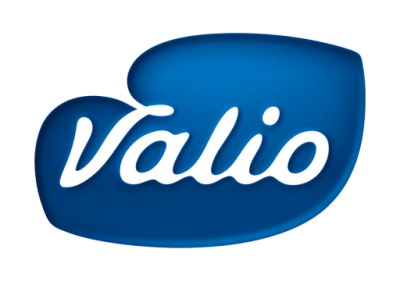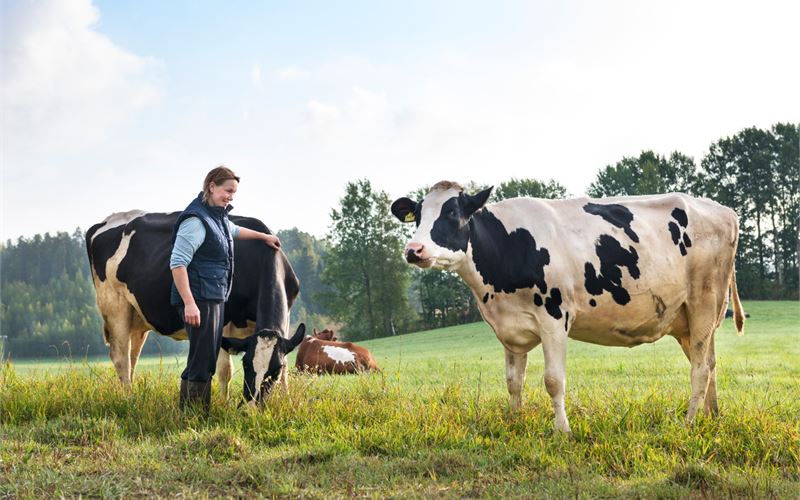Soy’s characteristics and challenges
Soy is a legume. Soy cultivation is successful in a variety of environments, but today the majority of soy is produced in South America and the United States. The production of soy is linked to several responsibility challenges, such as deforestation, which causes climate warming and loss of biodiversity. The use of soy in animal feed further increases its environmental load.
Soy is a high-quality plant protein with good fat content, and it contains essential amino acids. For this reason, it is used in many ways as a raw material in the food industry.
Soy is also an allergen; thus, the way it is handled in food production is particularly stringent
Valio’s policy on the use of soy
In line with Valio’s policy, soy* is not used in Valio’s milk-based consumer products, but it can be used in plant-based products (Oddlygood®). When used, the origin of soy should be Europe or North America and it should be non-GMO**. The use of soy is possible also in B2B products and in products for industrial kitchens – if its use is necessary from the point of view of the product’s characteristics or it is a customer requirement. In these situations, the soy must be certified and the certification must be verifiable or sustainability verified some other way (e.g. origin). Valio’s dairy farms in Finland do not use soy in feed.
*The policy applies only to raw materials that contain soy. The policy is not applicable to soy derivatives, such as soy lecithin.
**Pursuant to Regulation (EC) No 1829/2003 no GMO labelling is required.







